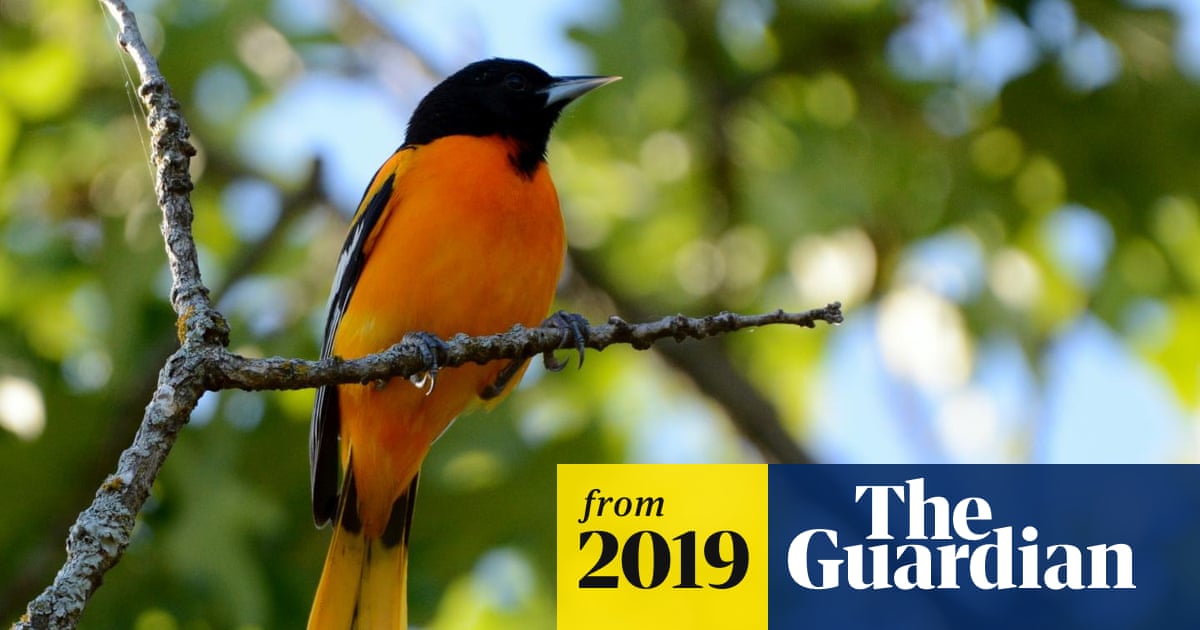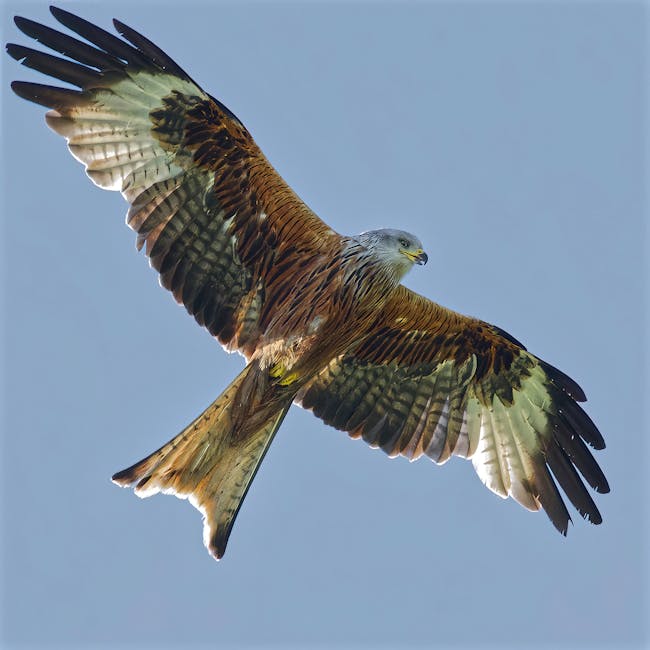Have you ever stopped to think about the birds you see outside your window? Some of these beautiful creatures are disappearing faster than you might realize.
North America is home to many birds that are now endangered, and their survival depends on awareness and action—your awareness and action. You’ll discover which birds are at risk, why they’re struggling, and what you can do to help protect them.
Keep reading to learn how you can make a difference for these incredible species before it’s too late.
Critical Endangered Birds
Many birds in North America face threats that put their survival at risk. Some species are critically endangered and need urgent help.
This article highlights four critically endangered birds. Learn about their status and why they matter.
California Condor
The California Condor is one of the largest flying birds in North America. It has a wingspan of up to 10 feet.
This bird almost went extinct in the 1980s. Conservation programs helped increase its numbers, but it is still very rare.
- Lives in California, Arizona, and Utah
- Eats dead animals (scavenger)
- Threatened by lead poisoning and habitat loss
Whooping Crane
The Whooping Crane is a tall white bird with black wing tips. It can stand over 5 feet tall.
This species was close to extinction in the 1940s. Efforts to protect wetlands helped their numbers slowly grow.
- Lives in wetlands of the United States and Canada
- Migrates long distances each year
- Threatened by habitat destruction and hunting
Kirtland’s Warbler
Kirtland’s Warbler is a small songbird with yellow and gray feathers. It nests only in young jack pine forests.
It was once very rare because of habitat loss. Now, controlled forest management helps keep its population stable.
- Found mainly in Michigan
- Nests on the ground in dense pine forests
- Threatened by habitat loss and cowbird parasitism
Ivory-billed Woodpecker
The Ivory-billed Woodpecker is a large woodpecker with black and white feathers. It is one of the rarest birds in North America.
Many scientists believe it is extinct. Some reports say it might still live in deep forests, but no proof is clear.
- Used to live in old-growth forests in the Southeast
- Feeds on insects under tree bark
- Threatened by logging and habitat destruction

Credit: www.wildlifenomads.com
Habitat Loss Impact
Many birds in North America face danger because their homes are disappearing. Habitat loss harms their survival and breeding.
Birds need safe places to live. Losing these places makes it hard for them to find food and raise young.
Deforestation Effects
Cutting down trees removes shelter and food for forest birds. Many birds rely on old trees for nesting.
Deforestation breaks large forests into small patches. This isolation makes it hard for birds to move and find mates.
- Loss of nesting sites
- Less food from insects and plants
- Increased risk from predators
- Fragmented habitats reduce bird movement
Wetland Drainage
Wetlands are homes for many water and shore birds. Draining wetlands removes these critical habitats.
Birds lose feeding and breeding grounds when wetlands disappear. This leads to fewer birds in these areas.
- Loss of breeding areas for ducks and herons
- Reduced food supply like fish and insects
- Increased pollution as wetlands filter water
Urban Expansion
Building cities replaces natural habitats with concrete. Birds lose trees, fields, and wetlands in cities.
Urban areas cause noise and light pollution. These changes disturb birds and reduce safe nesting spots.
- Destruction of natural habitats
- More collisions with buildings
- Disturbance from noise and lights
- Increase in predators like cats
Conservation Efforts
Many birds in North America face threats that put them at risk. Conservation efforts help protect these endangered birds. These actions focus on saving their lives and homes.
People work together to support bird populations. This includes breeding birds, restoring habitats, and making laws to protect them.
Breeding Programs
Breeding programs help increase the number of endangered birds. Experts raise birds in safe places. Then, they release them back into the wild.
These programs keep the birds healthy and strong. They also help keep the bird species from disappearing forever.
- Careful monitoring of bird health
- Safe breeding environments
- Releasing birds into protected areas
Habitat Restoration
Many birds lose their homes due to pollution and development. Habitat restoration fixes damaged areas. This helps birds find food and shelter again.
Restoring wetlands, forests, and grasslands supports bird survival. Volunteers and experts plant native plants and remove harmful debris.
- Planting native trees and shrubs
- Cleaning polluted water sources
- Removing invasive species
Legislation And Policies
Strong laws protect endangered birds and their habitats. These laws stop hunting and limit harmful activities near bird areas.
Policies also fund research and conservation projects. They help coordinate efforts among government and communities.
- Protecting bird nesting sites
- Banning hunting of endangered species
- Funding conservation programs
- Enforcing habitat protection rules
Threats Beyond Habitat
Many birds in North America face dangers that are not just about losing their homes. These threats affect their survival in different ways.
We need to understand these dangers to help protect endangered birds better.
Climate Change
Climate change changes the weather and seasons. Birds may lose food or nesting places because of this.
Some birds cannot move fast enough to new areas that suit them better. This makes survival hard.
- Warmer temperatures affect migration patterns
- Unpredictable weather harms eggs and chicks
- Food sources become scarce or shift locations
Pollution And Pesticides
Pollution harms birds by poisoning their food and water. Pesticides kill insects birds eat.
Pollutants can weaken bird immune systems, making them more prone to disease and death.
- Chemical pesticides reduce insect food supply
- Oil spills coat feathers and cause death
- Heavy metals poison birds through water and soil
Invasive Species
Invasive species are plants and animals that are not native. They can compete with birds for food and space.
Some invasive animals eat bird eggs or young birds. This lowers bird populations.
- Non-native plants change habitat structure
- Predators like rats and cats eat eggs and chicks
- Invasive insects may harm native plants birds need
How To Help
Endangered birds in North America face many dangers. People can help protect these birds and their homes.
Small actions by many people can make a big difference. Here are ways you can get involved and help.
Community Involvement
Joining local groups helps protect endangered birds. Communities can work together to save habitats.
You can volunteer for cleanups, plant native trees, or build birdhouses. These actions support bird survival.
- Participate in local birdwatching events
- Help clean parks and wetlands
- Plant native plants in your yard
- Build and install bird feeders or birdhouses
Supporting Organizations
Many groups work to protect endangered birds. You can support them with donations or by volunteering.
These organizations run programs to save birds and educate people about threats they face.
- Donate money or supplies to bird conservation groups
- Volunteer your time for bird surveys or habitat restoration
- Share information about endangered birds on social media
- Attend talks or workshops about bird protection
Responsible Birdwatching
Watching birds is fun but can harm them if done wrong. Respect birds and their space when you watch.
Keep a safe distance and avoid disturbing nests. Use binoculars and stay on trails to protect habitats.
- Use binoculars to watch birds from afar
- Stay on marked trails in bird habitats
- Do not touch or move nests or eggs
- Keep pets away from bird nesting areas

Credit: macleans.ca

Credit: www.theguardian.com
Frequently Asked Questions
What Are Some Endangered Birds In North America?
Some endangered birds in North America include the California Condor, Whooping Crane, and Piping Plover. These species face threats from habitat loss, climate change, and human activities. Conservation efforts are crucial for their survival. Protecting their habitats and raising awareness can help prevent their extinction.
Why Are North American Birds Endangered?
North American birds are endangered due to habitat destruction, climate change, and pollution. Human activities like deforestation and urbanization reduce their habitats. Climate change affects their food sources and migration patterns. Pollution, especially plastic waste, poses health risks. Efforts to mitigate these threats are essential for bird conservation.
How Can We Help Protect Endangered Birds?
To help protect endangered birds, support conservation organizations, and reduce plastic use. Plant native trees and bushes to provide habitats. Participate in bird counts and citizen science projects to track bird populations. Educating others about the importance of conservation is also crucial for protecting these species.
What Role Do Conservation Programs Play?
Conservation programs play a vital role in protecting endangered birds. They focus on habitat restoration, breeding programs, and public education. By raising awareness and promoting sustainable practices, these programs aim to reduce threats and increase bird populations. Supporting such initiatives is key to ensuring the survival of endangered species.
Conclusion
Protecting endangered birds in North America matters a lot. These birds need safe homes and clean skies. People can help by planting trees and avoiding pollution. Every small action counts to save these beautiful creatures. Watching birds brings joy and helps nature stay healthy.
Let’s work together to keep their songs alive. The future of these birds depends on us all. Act now, and make a difference today.

